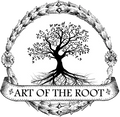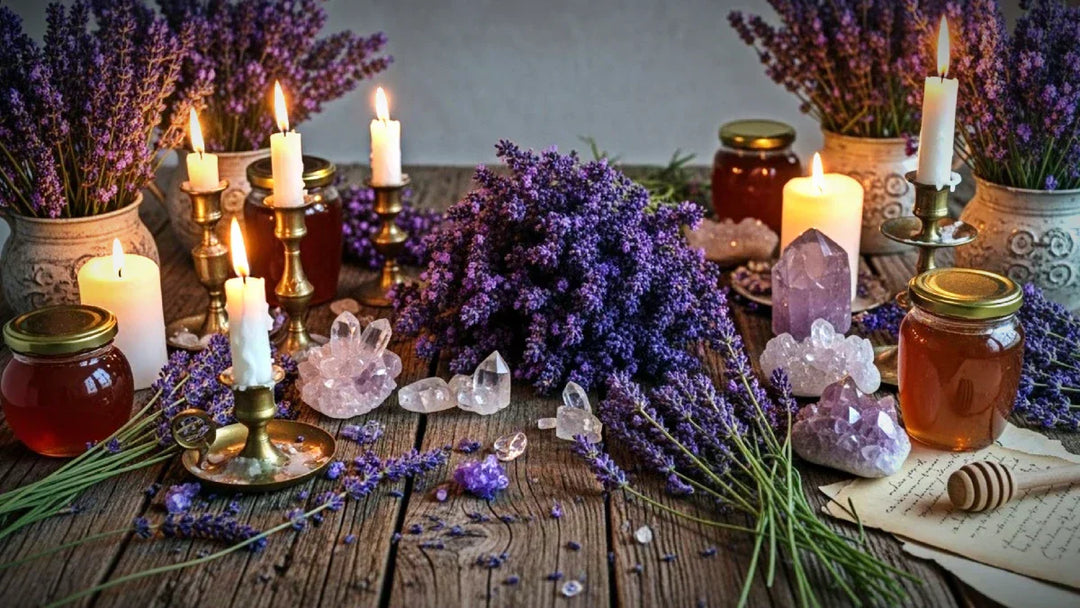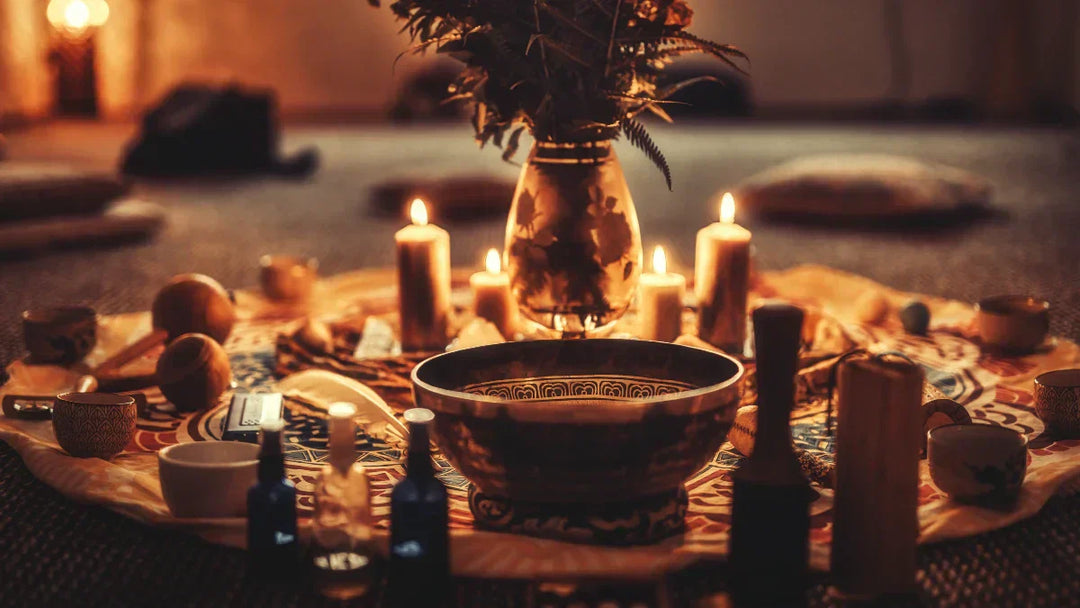The History of The Conjure Bag in Old Style Hoodoo
The History of Conjure Bags
Very similar to the Kongo minkisi medicine bags, the conjure bag plays a very important role in Southern Hoodoo. Without doubt, there are certainly some Native American influences with their strong tradition of the medicine bag. Take for example, the common use in Hoodoo of the Cherokee root which is thought to bring good luck to those who wear or hold it. However, the contemporary conjure bag has deeps roots in African tradition. The conjure bag, gris gris bag, mojo bag, lucky hand or nation sack share the theory that specific roots, plants, minerals and even powdered animal parts have a significant power which is then infused with Spirit or Ashe, a living energy of the world around us. Conjure Bags could serve various functions. For example, one could be made to purposely harm an intended victim while another could be made to cast a spell to draw in a love interest. Similarly, conjure bags could be made for protection, gambling, and luck.
What Is In A Conjure Bag?
The ingredients within the conjure bag varied from Hoodoo rootdoctor to rootdoctor, using hoodoo attraction oils, powdered and ground roots and herbs, perhaps minerals or ground up animal parts. It was a common practice for the rootdoctor to literally speak to the ingredients of each bag in order to bring about their life and power. It was believed that by doing so they could direct the roots to do their bidding. There were however a series of ingredients that did have similar functions and were used readily. On of the the more famous was the black cat bone taken from the carcass of a black cat that was boiled alive. The black cat bone was considered to be one of the more powerful ingredients in conjure as it allegedly was known to expel conjure, enable a person to fly or be invisible and cure disease. Scorpions, snakes, lizards could also be used by drying them and pulverizing them into a powder. Hair, nails and needles were also common ingredients in the southern conjure bag as they were believed to help target a specific individual.
Graveyard dirt was another popular ingredient used in conjure bags as it was believed to draw in the power and spirit of the dead. Graveyard had to be procured in a very unique way. Graveyard dirt was typically collected from the grave of a murdered or unsavory character. A coin would then be left in exchange for the dirt directly on the grave. There was also a specific time of day graveyard dirt needed to be collected. Although many ingredients could vary from conjure bag to conjure bag, there were many universal ones. Nails, Hair and Graveyard dirt tended to be in almost every conjure recipe.
Conjure Color And Other Vessels
Color also played an important function in conjure bags. Red was typically the color of choice for conjure bags, particularly from a fabric of flannel. Of course, the color red has tremendous amount of significance in many West African cultures as it is often used to represent a particular Orisha such as Eshu or Shango.
It’s important to note that conjure bags were not the only containers of power. Jars, particularly brown or dark colored ones could also have power in their own right. Jar containers were often preferred for their ability to hold live animals. “Ground-dogs”, for example help a certain type of live salamander. The conjuror would place the bottle under the entrance of an intended victim. The conjuror would then make a symbol on top of the area where the jar was buried and in time it was believed the salamander would burst the jar and enter the body of the intended victim.





Leave a comment